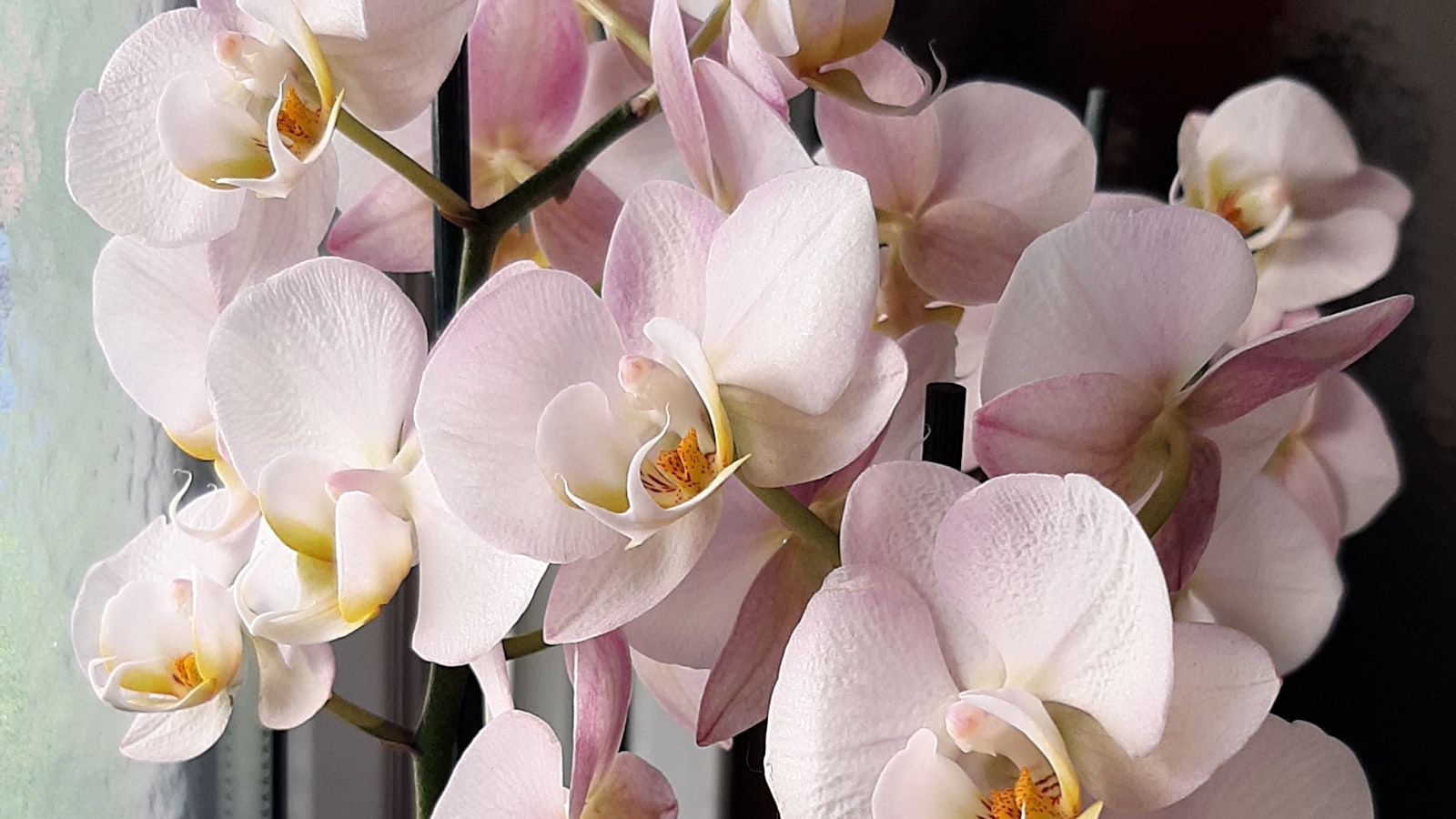Image source: Unsplash
Orchids have always captivated our imagination with their beauty and unique characteristics. Among the various species of orchids, one stands out in particular - the Ghost Orchid. With its ethereal appearance and elusive nature, the Ghost Orchid has become a subject of fascination for botanists and nature enthusiasts alike. In this article, we will explore the secrets of the Ghost Orchid, including its habitat and the importance of conservation efforts to protect this rare and mysterious plant.
Understanding the Ghost Orchid
The Ghost Orchid, scientifically known as Dendrophylax lindenii, is a rare epiphytic orchid found primarily in the swamps and damp forests of Florida, Cuba, and the Bahamas. What sets the Ghost Orchid apart from other orchid species is its unique growth habit. Unlike most orchids that rely on soil, the Ghost Orchid thrives by attaching its roots to the trunks of trees, primarily cypress and pond apple trees.
One of the most remarkable features of the Ghost Orchid is its ghostly appearance. It has delicate, translucent petals and a waxy, almost-white coloration, hence the name “Ghost Orchid.” The flower is usually solitary, with a tall stem that can reach up to three feet in length. It blooms for only a few weeks each year, typically from June to August, making it an extremely elusive sight.
Habitat of the Ghost Orchid
The Ghost Orchid is highly adapted to its specific habitat, which contributes to its scarcity and unique qualities. These orchids prefer to grow in humid and shaded environments, such as the swamps and wetlands of their native regions. The presence of moisture and shade helps create the perfect conditions for their growth.
Within their habitat, Ghost Orchids can often be found near water sources, as they require high humidity levels. They can be seen growing on the trunks of trees, often hidden among moss and other epiphytic plants. These trees provide the necessary support and elevation for the Ghost Orchids to access sunlight while also remaining in a shaded environment.
Conservation Efforts for the Ghost Orchid
Due to their limited distribution and habitat requirements, Ghost Orchids are considered endangered and are protected by various conservation laws. The fragile nature of their ecosystem, combined with human activities, poses a significant threat to their survival.
Conservation efforts for the Ghost Orchid involve several key strategies, including:
-
Protection of Habitat: Preserving the swamps and wetlands where Ghost Orchids grow is crucial. This involves safeguarding these areas from pollution, deforestation, and other human activities that may disrupt the delicate balance of their habitat.
-
Educational Programs: Increasing public awareness about the importance and value of the Ghost Orchid can lead to a greater appreciation for its conservation. Educational programs, guided tours, and workshops can help raise awareness among both locals and tourists.
-
Reintroduction Programs: Efforts are underway to reintroduce Ghost Orchids into suitable habitats where they have become extinct or rare. These programs involve careful monitoring, habitat restoration, and reintroduction of propagated orchids.
-
Scientific Research: Continued research and study of the Ghost Orchid’s biology, ecology, and conservation needs are essential for developing effective strategies to protect this rare orchid.
It is important for everyone to recognize the significance of preserving our natural heritage and the delicate ecosystems that sustain unique plants like the Ghost Orchid. By supporting conservation efforts and promoting responsible practices, we can ensure that future generations can continue to marvel at the beauty and marvel of the Ghost Orchid in the years to come.
